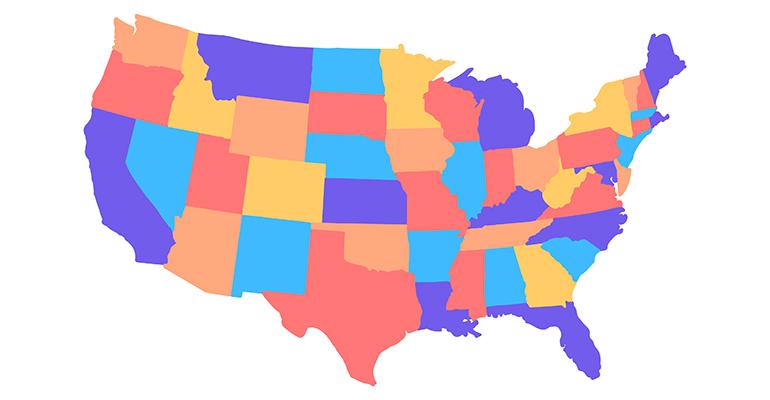In the past seven days — the amount of time since our last update — COVID cases in the U.S. have hit another all-time high, leading major cities across the country to tighten restrictions.
On Nov. 12, the U.S. recorded 153,000 new coronavirus cases. One week before, that number was 121,000. Eighteen states reported record hospitalizations. The governors of Illinois and Rhode Island have warned statewide lockdowns will come if cases continue to rise at this rate.
President-elect Joe Biden’s coronavirus task force doctor on Thursday said that a four- to six-week paid lockdown with shuttered businesses would get the pandemic under control. But that administration doesn’t enter the White House until January, during which time the flu epidemic will rise along with COVID cases.
Beginning Monday, Chicago residents will have to re-enter lockdown as Mayor Lori Lightfoot issued a “stay-at-home” advisory for the city with rising COVID cases as it hits a “critical peak.”
“If changes are not made by Chicago residents, businesses, and visitors to mitigate the spread of COVID-19, the city is on track to lose 1,000 more Chicagoans by the end of the year or even more,” Lightfoot said in a statement.
Residents are advised to only leave home to go to work or school, or for essential needs such as seeking medical care, going to the grocery store or pharmacy, picking up food, or receiving deliveries.
Under the stay-at-home advisory, the city is urging residents to:
- Practice social distancing by staying 6 feet away from others and wearing a face covering at all times;
- Not hold any gatherings at home with anyone outside their household, “even with trusted family or friends;” use remote communication for the holidays; and
- Avoid all non-essential and out-of-state travel, following the travel guidelines if travel is necessary.
People are advised to stay home, but the order is not forcing businesses to close or limit workers. Restaurants and bars were moved to delivery, takeout and outdoor seating only at the end of October. Indoor dining is only allowed if the tables are within 8 feet of an open window.
Businesses must close by 11 p.m. every night.
New Mexico and Oregon announced stricter lockdowns in their own states for two-week periods, forcing all restaurants and bars to move to takeout- and delivery-only models.
Similar curfews are occurring in places like Minnesota and New York.
Gov. Tim Walz of Minnesota said “After 9 pm, when we contact trace, the numbers are doubling,” about curfews at a news conference Tuesday. “People are getting more lax, especially when alcohol is involved.”
Cities like San Francisco, which wasn’t hit as hard as other parts of California by the outbreak but has remained cautious, have decided to close indoor dining entirely as cases rise. San Francisco’s positive cases jumped 250% from early October to early November.
Contact Holly at [email protected]
Find her on Twitter: @hollypetre





